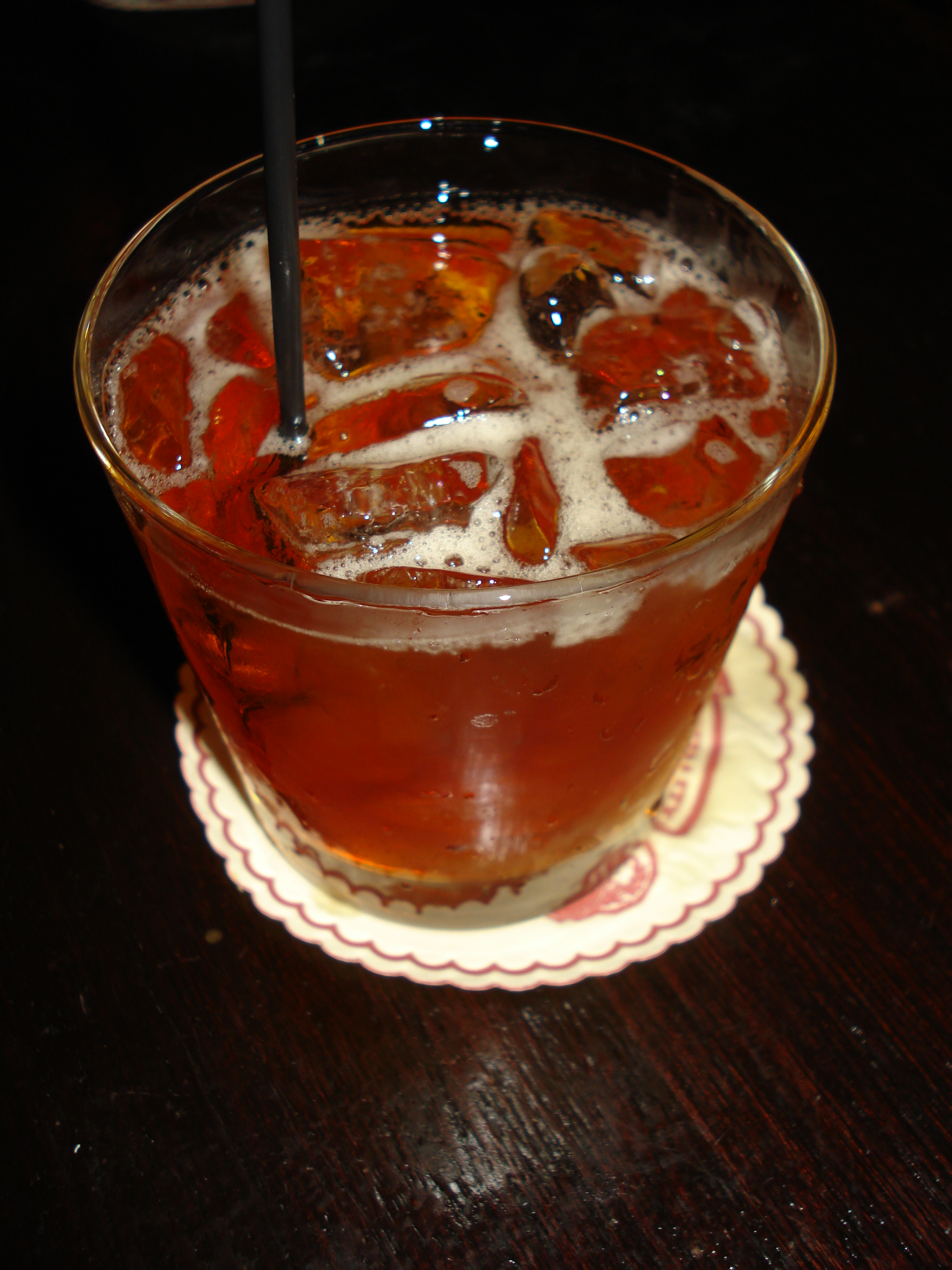 "All experience is an arch wherethrough gleams that untravelled world whose margin fades for ever and for ever when I move." --Alfred Lord Tennyson
"All experience is an arch wherethrough gleams that untravelled world whose margin fades for ever and for ever when I move." --Alfred Lord Tennyson
I first met Graham Wasilition during the SXSW conference in Austin last March thanks to an introduction by the Lush Life Productions crew. During an Austin spirits event, Graham let myself and another blogger, Emily Cavalier, try a sample of his then-unreleased new absinthe, Tenneyson Absinthe Royale. I was immediately fond of the product, especially since it was the first absinthe I've tried that included a hint of juniper. I also appreciated the mildness of the anise flavor compared to many other absinthes. Emily and I were also impressed that Graham, at 27 years old, was creating his own brand.
Earlier this week, Tenneyson appeared on store shelves at Imperial Wines (First Avenue at 88th Street) on NYC's Upper East Side. I caught up with Graham online to learn more about the launch.
Q: How did you find the distillery in France? How did you create the recipe? A: After developing a plan with David Nathan-Maister, he became a partner in the Emile Pernot Distillery in Pontarlier, France. This was such an incredible break because this distillery is one of two historic and active distilleries able to produce absinthe in the famed "Absinthe Town" of Pontarlier, France, former home of the most infamous brand in absinthe history, Pernod Fils. It also gave us unprecedented access to some of the highest quality herbs and aromatics available anywhere, and the most authentic to true absinthe history. We wanted to utilize French skills and century-old copper alembics to create a Swiss style juice because it is lesser known than the traditional French style and a little less polarizing. It also is traditionally lower in alcohol and therefore more widely approachable. We went through many, many iterations of the recipe and ended up using a take on a traditional Swiss recipe with a hint of juniper berry and orange peel which gives Tenneyson a New Western twist. We are very happy with the subtle and authentic profile which we finally settled on.
Q: Why the name Tenneyson? A: After the creation of the formula, we wanted to try and convey the idea of the brand through the name. The twist of using some slight gin technique by including a little juniper berry and orange peel led us to try and come up with a UK-inspired name that played to the history of our absinthe. The UK poet Alfred Lord Tennyson was a famed absinthe drinker and I came across the spelling TENNEYSON in a British baby name book. I thought the name related closely to the history of absinthe and played on the UK inspiration. I have since found some information that Tenneyson is also a derivative of Dionysus, the Greek God of Wine, which also seems quite fitting. We get comments about what a great name we have and I completely agree and am excited that we were lucky enough that no one was already using it.
Q: Is NYC the first city to sell Tenneyson? What is the price point? Which other cities will see it this year? A: NYC is the first city in the world where Tenneyson is available. There is a lot of competition there, but that allows for the quality brands and good values to come out on top. We are working on the availability as we speak and want to be able to provide Tenneyson to as wide of a group as possible. However, we do not want to over-extend ourselves. We want to move into markets that will appreciate Tenneyson and be able to sustain consistent business. We make Tenneyson in small batches and need to manage the introduction with this in mind. It is currently retailing in NYC for around $50 and we will soon be offering it in the hot and up-and-coming markets in Texas. I'm sure we will see it in many more of the major markets across the country this year and even online very soon.
Q: What is your favorite way to drink Tenneyson? A: This is kind of a loaded question because the easy answer would be off the coast on a boat with friends and family. When we are talking specific cocktails, I like to drink Tenneyson a few ways. The traditional absinthe drip (sans sugar) works great and is perfectly balanced because the Pontarlier Wormwood is historically a little sweeter than wormwood sourced elsewhere, so I think it is sweet enough. I also think a simple prep is to drink Tenneyson with tonic water. Tonic water is basically the 21st century sugar water and the slight gin notes of Tenneyson Absinthe make an interesting profile. The beautiful louche is also a conversation starter and you can garnish it with an orange to bring a different color. We also do a cocktail with Orangina that tastes kind of like a twist between a mimosa and a screwdriver that is perfect for brunch. You can check our website for a few other cocktails. Many people think that absinthe needs to be prepared only one specific way, but there is no reason that it cannot be enjoyed as flexibly as any other great spirit.
Q: As far as you know, are you one of the youngest founders of a spirit brand? A: I'm not sure that I am one of the youngest founders of a spirit brand. I have been working on this since my early 20's, but it is my experience that a lot of innovation and energy comes from the younger generation. I'd also say that my naivete as a young entrepreneur with a head packed with illusions of grandeur actually helped me to keep moving forward when people were negative or professed that things would never work out. As an example, I was told that the name Tenneyson would not be available to trademark, but I followed up and did my research and proved that notion wrong. My age doesn't normally come into play, but it is kind of fun being able to do "business" until last call and still be able to get up and at 'em early the next day with a clear head and strong conviction.
Q: What hurdles have you had to overcome to import your absinthe? A: Well, there are too many to list here. I think that anyone starting a business of any kind will come across roadblock after roadblock, but you have to deal with each one as they come. We have dealt with things from raising money, writing contracts, distillation consistency, sourcing ingredients, securing distribution, shipping logistics, government compliance, currency exchange rates, to things like self-doubt and convincing people that we aren't crazy. Trying to stay on budget and schedule seem to be the overwhelming pressures while being true to the craft of distillation and the history of absinthe. When in doubt the latter is our priority!
Q: Future plans? A: To get a good nights sleep! But seriously, I love the industry and the category so I'm in no rush to go anywhere. I would love to grow the brand of Tenneyson and expose consumers (specifically in the U.S.) to the actual history of absinthe and enlighten as many as possible, whether they are drinking my brand or a comparable competitor. It's fun being in the business and I'm looking forward to future opportunities with respect to Tenneyson and/or anything else that comes along. I'm not very good at being bored and I love having fun and pushing the limits!

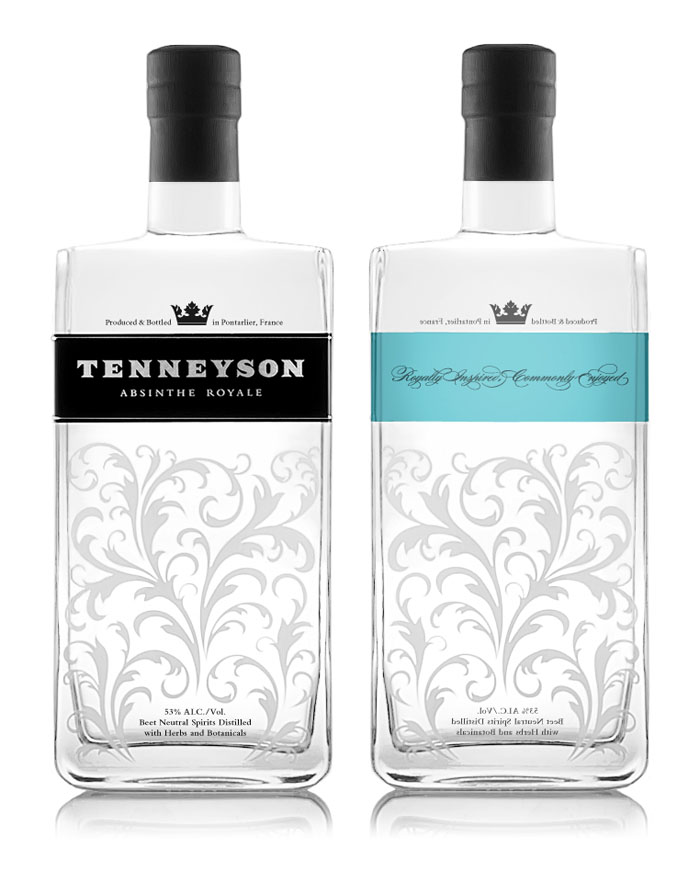

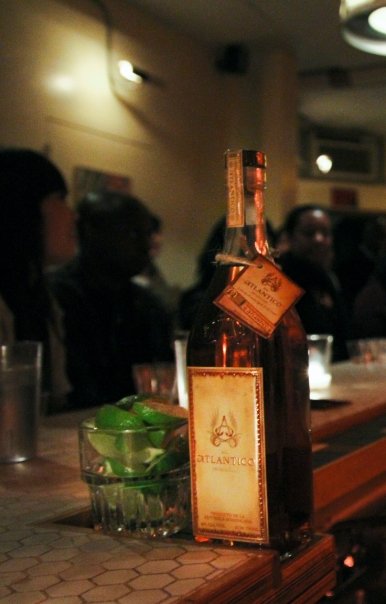

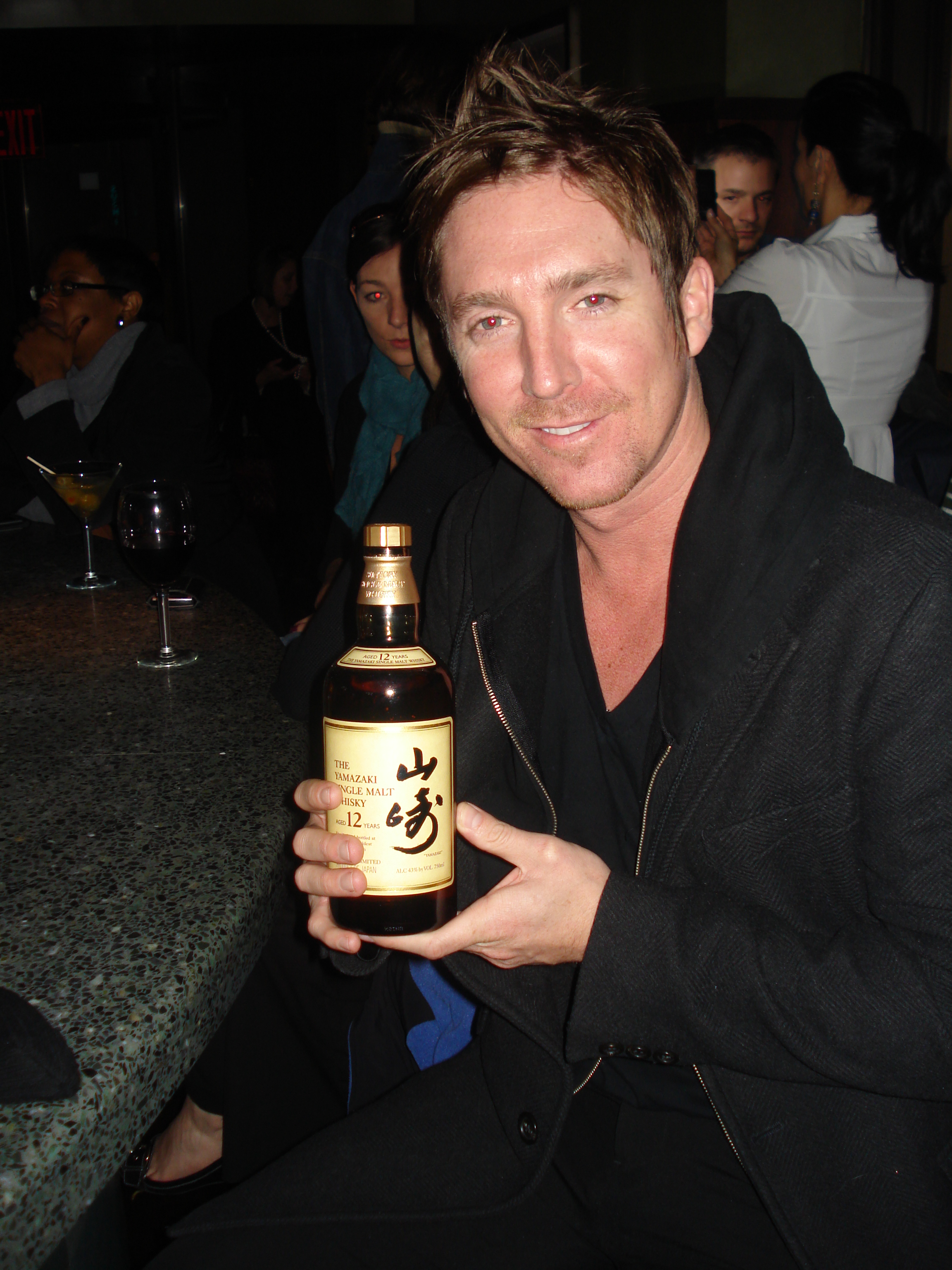 "For relaxing times, make it Suntory time."--Bill Murray's character, "Bob Harris," advertising Suntory in Lost in Translation
"For relaxing times, make it Suntory time."--Bill Murray's character, "Bob Harris," advertising Suntory in Lost in Translation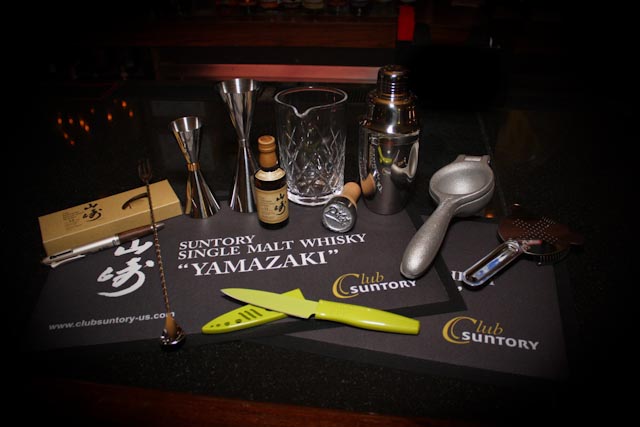
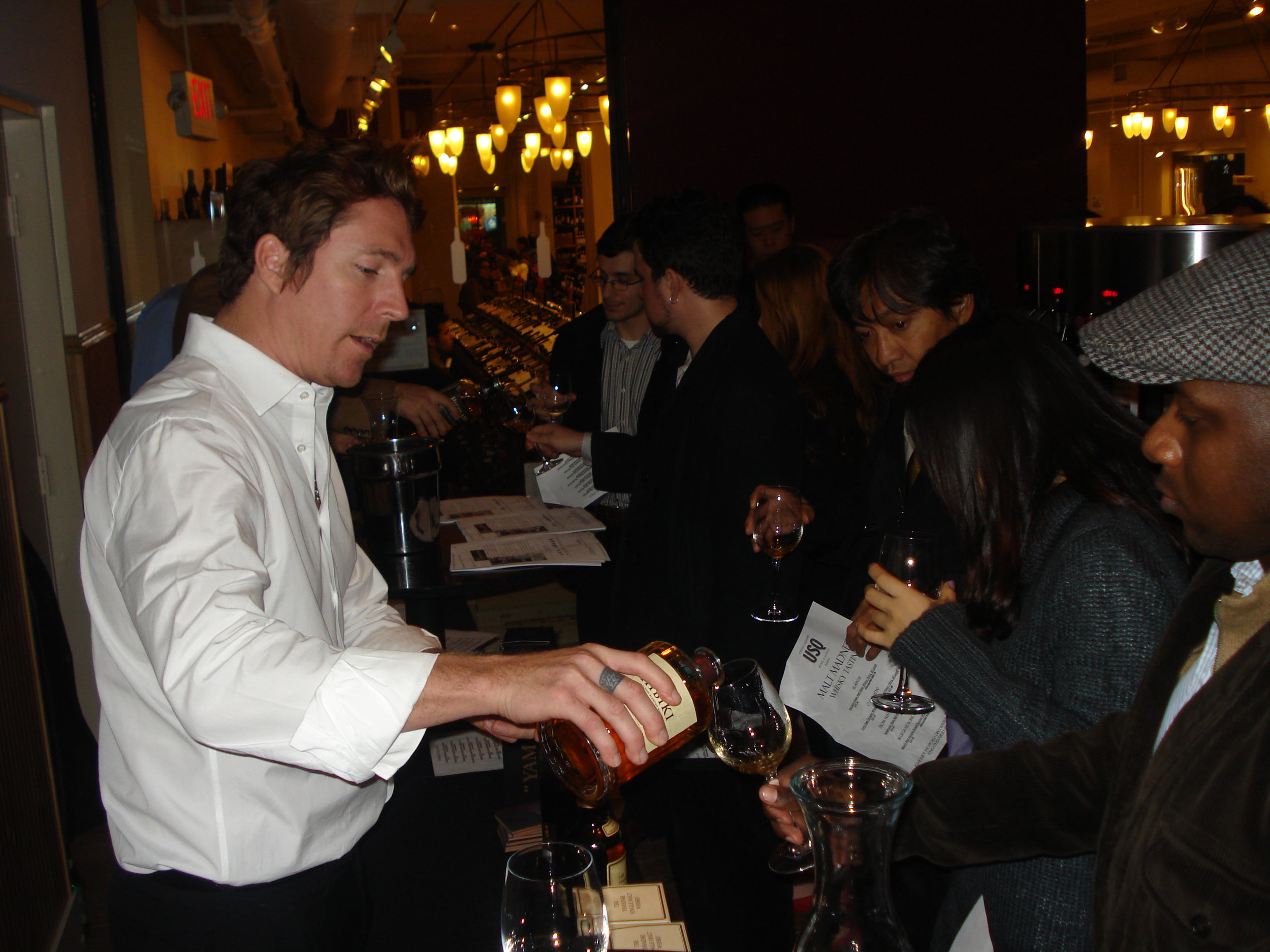
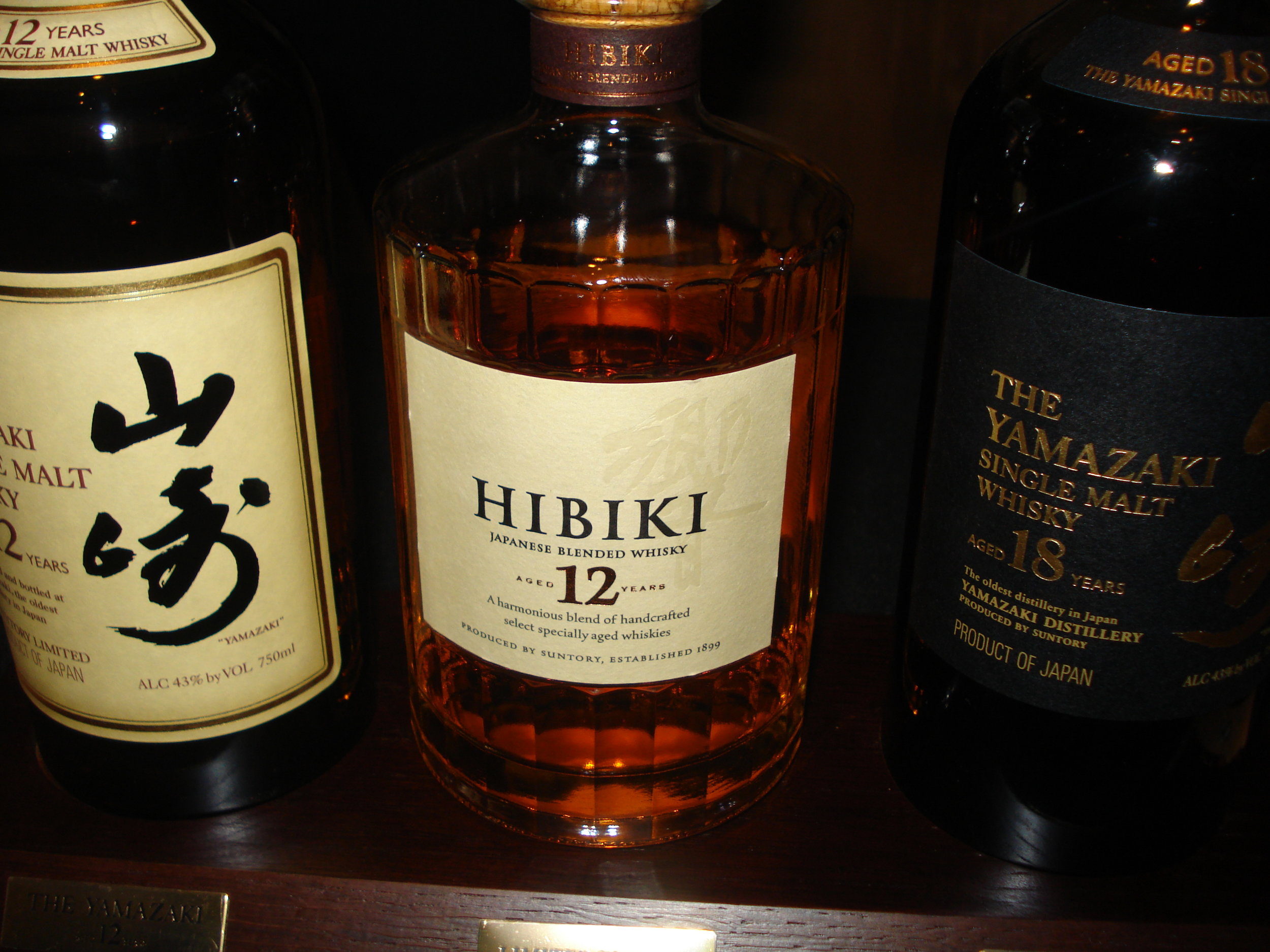
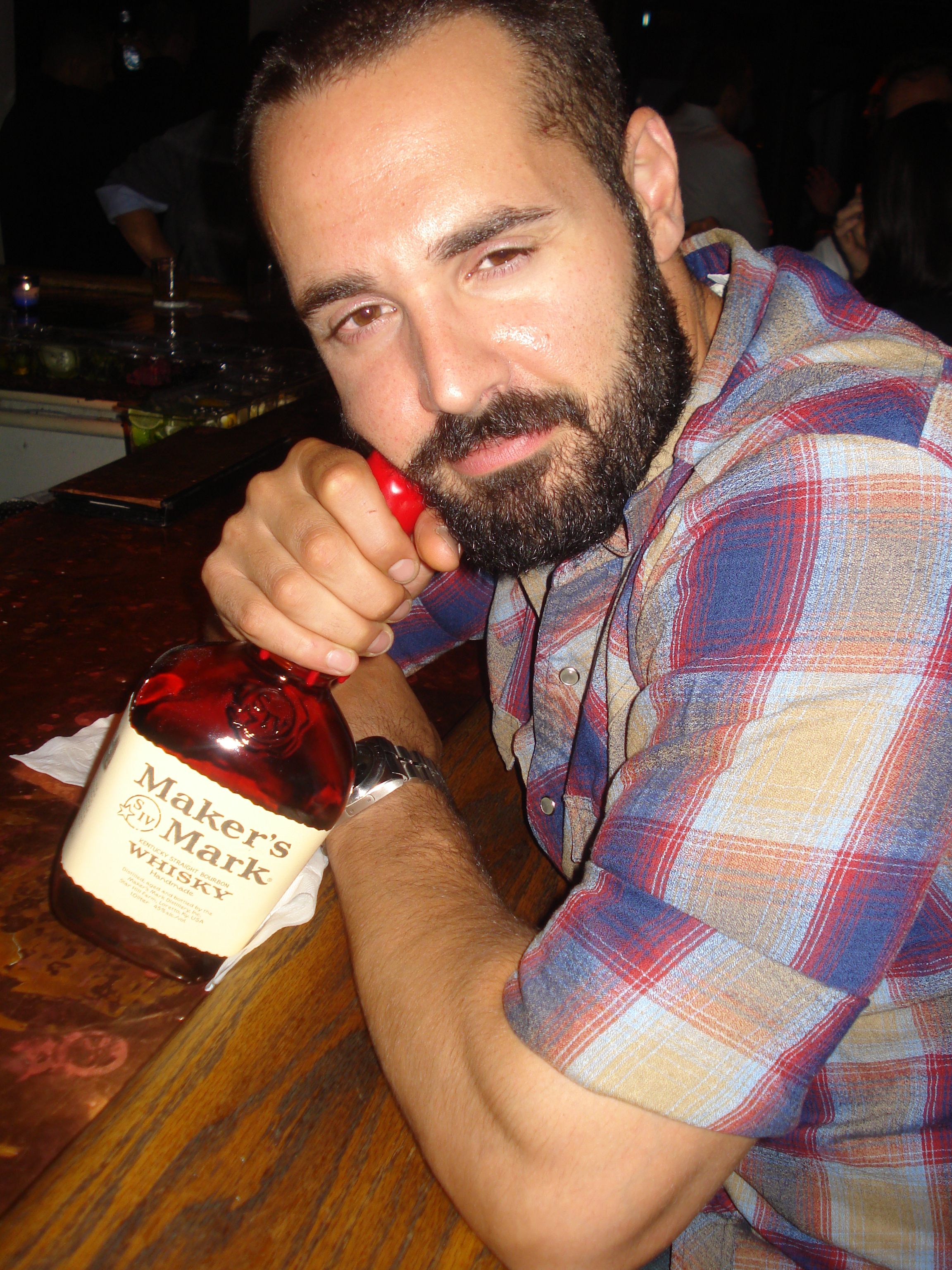 [Sip & Tell features barstool interviews with spirits industry professionals.]
[Sip & Tell features barstool interviews with spirits industry professionals.]